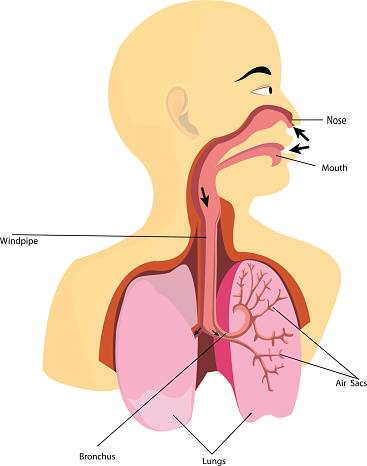En sociales estamos aprendido a apreciar la importancia que tiene el agua en nuestras vidas.
Ya sabemos que el agua puede ser
dulce (ríos, lagos, aguas subterráneas, nubes o glaciares) o
salada (océanos).
Pero también hemos conocido otras de sus características que antes no sabíamos:
- Incolora: no tiene color
- Inolora: no tiene olor
- Insípida: no tiene sabor
Vídeo características del agua:
https://www.youtube.com/watch?v=FbnTccEBB2Y
Pero no solo esto, hemos aprendido que el agua puede presentarse en la naturaleza de varias formas: sólida, líquida y gaseosa.
LOS ESTADOS DEL AGUA
- SÓLIDO
Puede presentarse en forma de hielo y nieve. El agua se congela cuando la temperatura es menor de 0ºC.
- LÍQUIDO
Es el estado en el que se encuentra el agua a temperatura ambiente. Podemos encontrar agua en los ríos, océanos, mares... Y es el agua que bebemos.
- GASEOSO
Es el vapor de agua. El agua se hace gaseosa a partir de 100ºC. Y la encontramos en las nubes del cielo.






